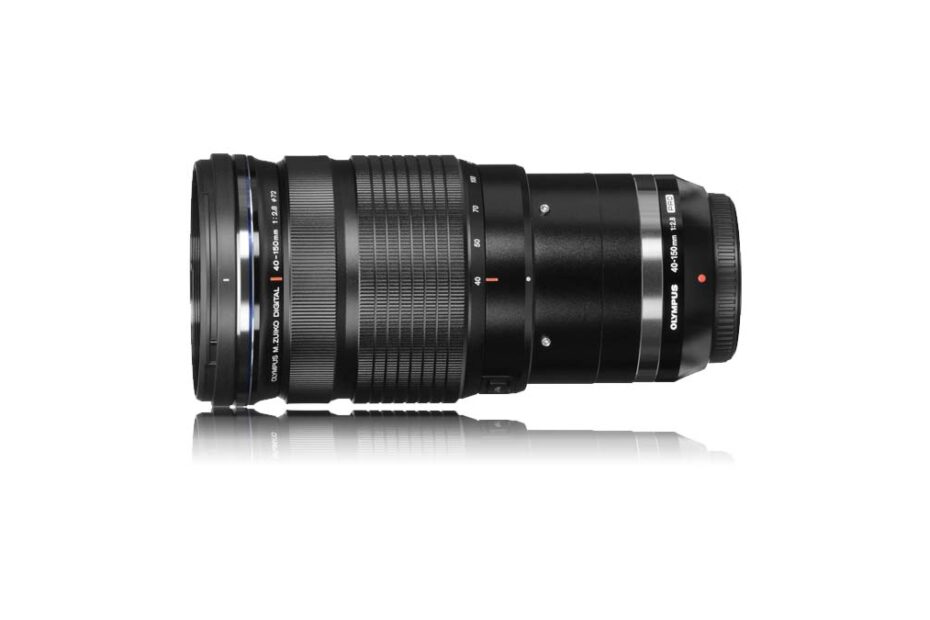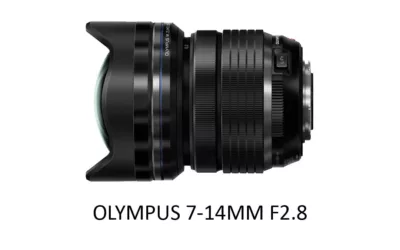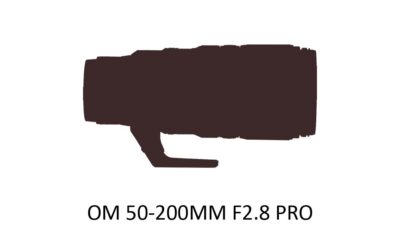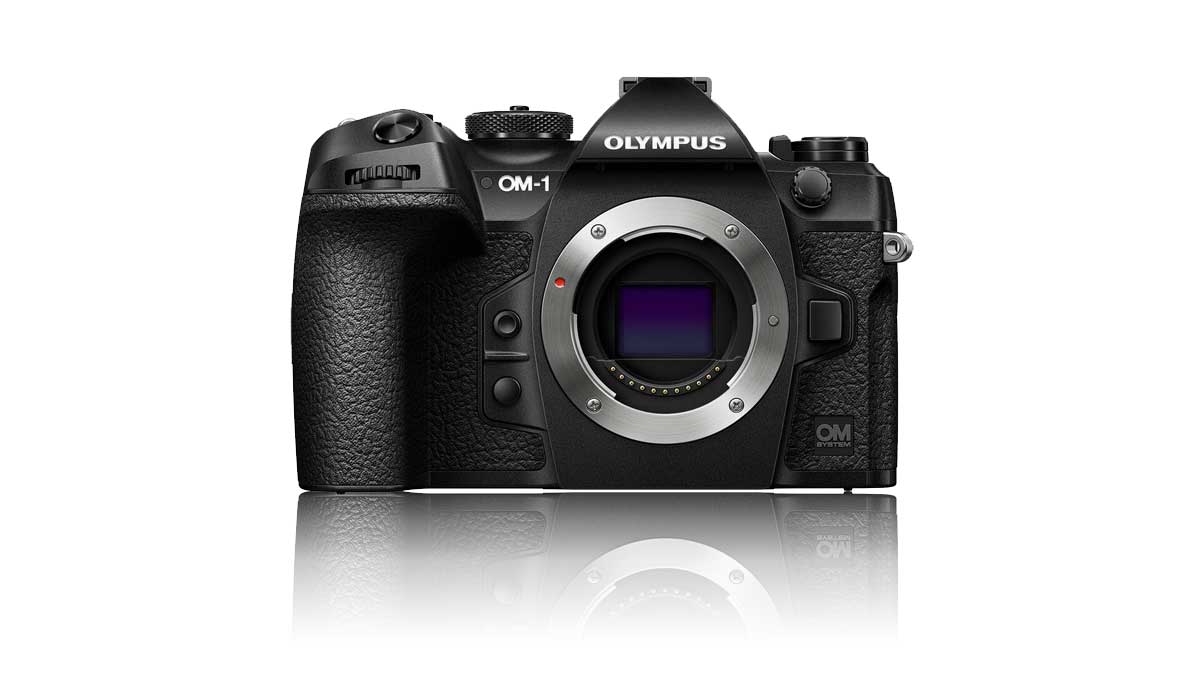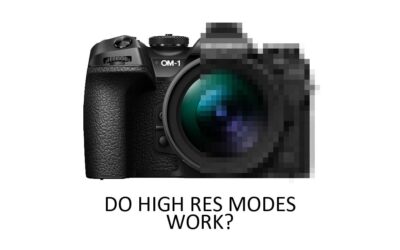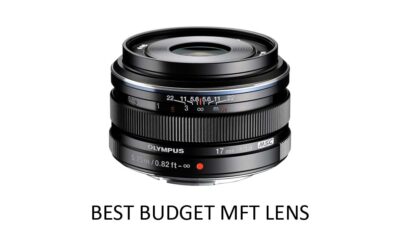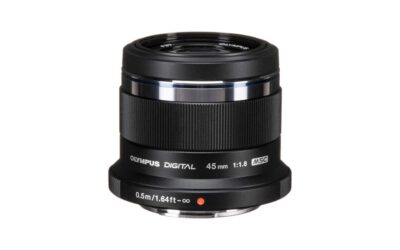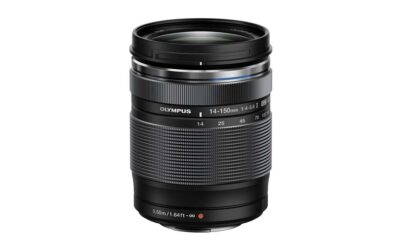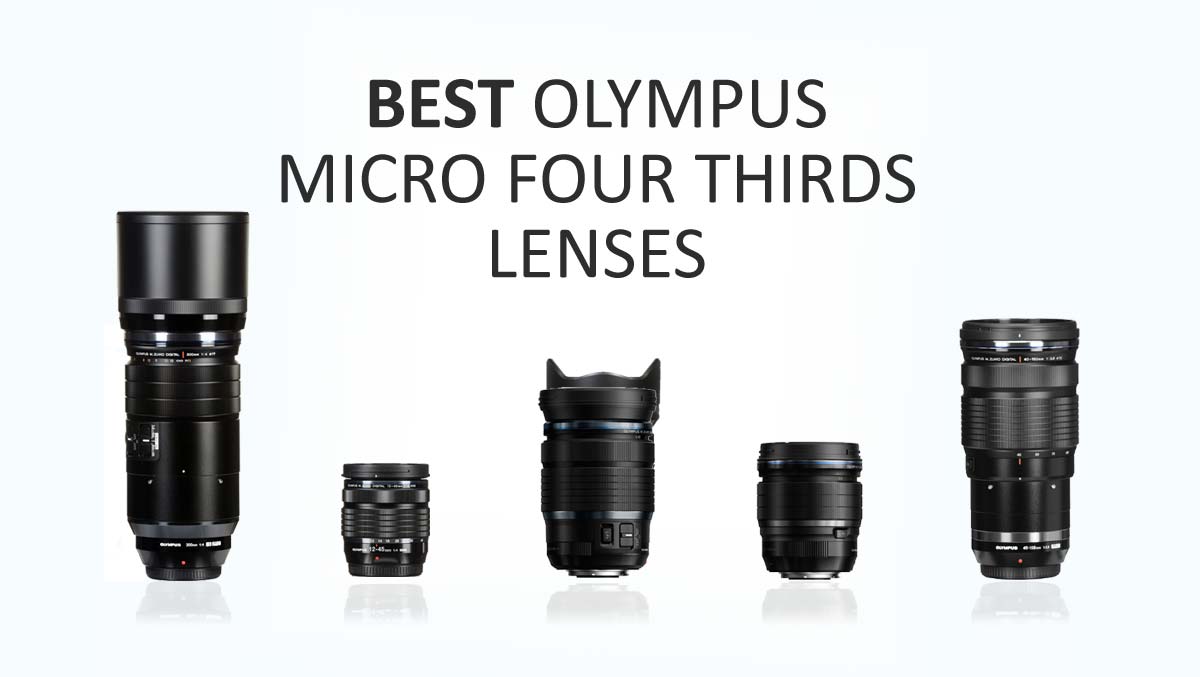For this Olympus 40-150mm F2.8 review, I spent the week with Olympus‘s premium performance-orientated telephoto zoom. And suffice it to say, I wasn’t disappointed.
I was so impressed with the Olympus 40-150mm F2.8 Pro that I’m thinking of switching from full-frame to Micro Four Thirds. But before we get to that, let’s look at the lens itself. Jump to Conclusion
What is the Olympus 40-150mm F2.8 Pro
The Olympus 40-150mm F2.8 Pro is a high-performance telephoto zoom for micro four-thirds. With a focal length ranging between 40 and 150mm, the Olympus 40-150mm Pro will serve your camera’s sensor an angle-of-view of between 30.2 and 8.2 degrees – similar to that of an 80-300mm lens on a full-frame camera. Read What is Focal Length in Photography.

As a result, the Olympus 40-150mm is an excellent choice for shooting sports, portraits, and wildlife. And thanks to its large F2.8 aperture, you can blur those backgrounds to goo while soaking up enough light to keep those ISO’s low. Read What is Aperture in Photography
As a result, the Olympus 40-150mm F2.8 Pro is a hugely versatile lens. Paired with Olympus 12-40mm F2.8 Pro, you’ll have a 2-lens kit suitable for almost any kind of photography.

Olympus 40-150mm F2.8 Build and ergonomics.
As a plastic-loving Nikon owner, the Olympus 40-150mm F2.8’s metal body feels luxurious indeed, and I’m sure the Olympus 40-150 will age far better than I. Yet, despite its solid feel, the 760g Olympus 40-150mm is lighter and smaller than my similarly sized full-frame Tamron 70-210 F4.
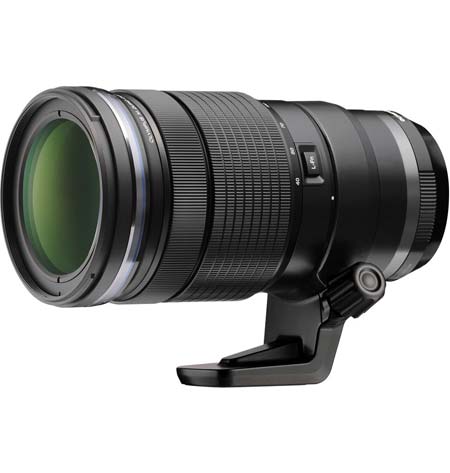
Like the Tamron, the Olympus 40-150mm Zoom ring is located toward the front of the lens. But unlike the Tamron, the Olympus’s zoom ring is much too tight to roll with my outstretched index finger.
The Olympus features a manual focus ring just behind the front lens element. And if you pull the focus ring back toward the camera, the lens switches from autofocus to manual focus.
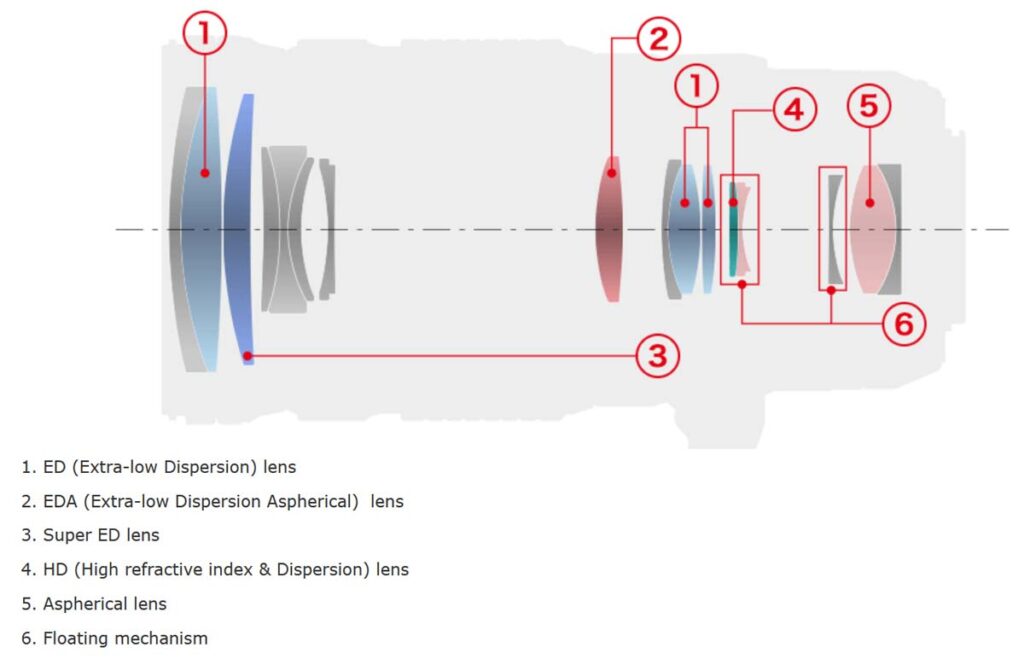
The only other control is a lens function button to which you can assign one of many functions, such as one-shot white balance, focus peaking, and a focus limiter. However, the functions available depend on your camera, not the lens.
Finally, the Olympus 40-150mm F2.8 Pro features a nice retractable lens hood. Pull the hood, and it will lock into place. And with a twist and pull, you can restore the hood to its stowed position. Overall, the Olympus 40-150mm F2.8 is a delight to hold and use.
Olympus 40-150mm F2.8 Pro performance
Thanks to its dual autofocus motors, the Olympus 40-150mm focus feels almost instant with very little hunting. At the extreme, it will shift from near to infinity in about half a second.
And due to a minimum focus distance of 70 centimeters, the Olympus 40-150mm can magnify its subject to 42% of its original size – ideal for close-up photos of small subjects.
Finally, the Olympus 40-150mm F2.8 Pro is one of the few lenses compatible with the OM-1’s 50 FPS mode.

Olympus 40-150mm F2.8 Pro image quality
The Olympus 40-150mm F2.8 is a sharp lens with excellent contrast and color rendition. Put simply, the Olympus 40-150mm F2.8 Pro’s image quality is limited only by your ability to acquire focus and set a sufficiently fast shutter speed.
As you’d expect with a lens of this class, the Olympus 40-150mm is blessed with various optical coatings which help keep the front element clean while managing lens flare and ghosting. Background blur, or bokeh, looks buttery smooth.

Compared to full-frame?
The first thing a full-frame fanboy, like me, might say about the Olympus 40-150mm F2.8 Pro is that it’s ‘only’ equivalent to an 80-300mm F5.6 lens on a full-frame camera. True enough.
Unique
But the thing is, how many high-performance, weather-sealed, and optically gorgeous 80-300mm F5.6 full-frame lenses are there? Of course, you can buy a similar sized 70-200mm F4 for your full-frame camera, but you lose a 100mm, the metal construction, and the dual-motor autofocus speed. Another alternative is the absurdly compact Nikon AF-S 300mm F4 PF. However, this excellent Nikon won’t zoom.
Then there’s the standard-setting 70-200mm F2.8 lens for full-frame, which can absorb up to four times more light than the Olympus 40-150mm F2.8. However, the advantage of such a lens disappears once you stop down to F5.6, and when you do, you’ll still be left carrying a huge, absurdly heavy, and costly lens.
But when I say carry, I mean leave at home. In contrast, I was happy to carry the Olympus 40-150mm F2.8 all weekend.
Teleconverter
But the real game changer comes when you screw on the tiny Olympus 1.4x teleconverter – thus converting the Olympus into a 56-210mm F4 lens or 112-420mm F8 lens in full-frame terms. To have so much reach in such a high-performance compact lens is very unusual and damn enjoyable.
What I don’t like about the Olympus 40-150mm F2.8 Pro
I wish the zoom ring were a little lighter so I could rotate it with my outstretched index finger. It would be cool if the teleconverter were built in, but that’s asking a lot on a lens in this price range. Seriously, that’s all I can think of.
Olympus 40-150mm F2.8 Compared
The most obvious alternative to the Olympus 40-150mm F2.8 is the Olympus 40-150mm F4 Pro. While the Olympus 40-150mm F2.8 Pro is more capable thanks to its faster F2.8 aperture and dual AF motors, the much lighter and cheaper Olympus 40-150mm F4 does, broadly speaking, the same thing.
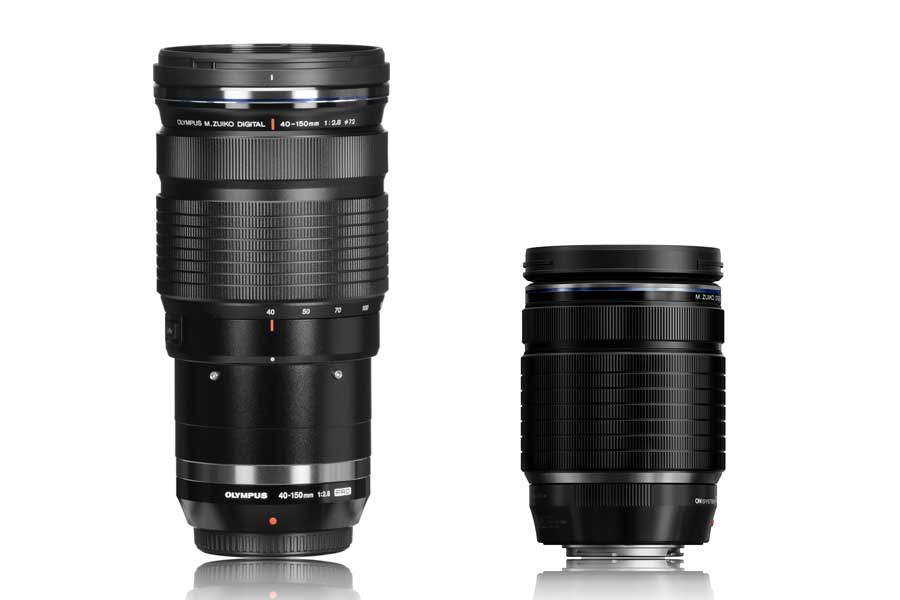
When you zoom, you should note that the Olympus 40-150 F4 Pro will expand to roughly the same length as the F2.8 Pro. Nonetheless, the Olympus 40-150mm F4 remains a more convenient traveling partner.
Conclusion
The Olympus 40-150mm F2.8 Pro is an optically excellent, high-performance, metal-cased beast of a lens and perhaps the best telephoto zoom I’ve ever used.

Of course, such a lens does come with some built-in downsides. While it’s absurdly light for a zoom of its capabilities, it’s still a big heavy lens by most other measures. Therefore, its leave-at-home factor is higher than the smaller, less capable Olympus 40-150mm F4 Pro. And, of course, the Olympus 40-150mm F2.8 is one of Olympus’s more expensive lenses.
But if you are ready to meet its price tag and willing to carry it, the Olympus 40-150mm F2.8 Pro is a formidable lens and will help you get shots you might otherwise miss.
The Olympus 40-150mm F2.8 Pro has given me a compelling reason to switch from the Nikon full-frame to Micro Four Thirds. Put simply, you can’t buy an optically superb, high-performance 80-300mm lens unless you take a second mortgage and bring a packed mule.
Of course, we could argue equivalency. But for 95% of my photography, the debate is mainly conceptual. Yet, that’s not to say a bit of extra full-frame light sometimes doesn’t come in handy. But I am saying that a lens I’m willing to carry is always helpful.
So if you’re a Micro Four Thirds owner with relatively deep pockets and a deepish camera bag, I recommend you try the Olympus 40-150mm F2.8 Pro. If you’re a full-frame owner, you should stay away and not know what you’re missing. It’s easier that way.
